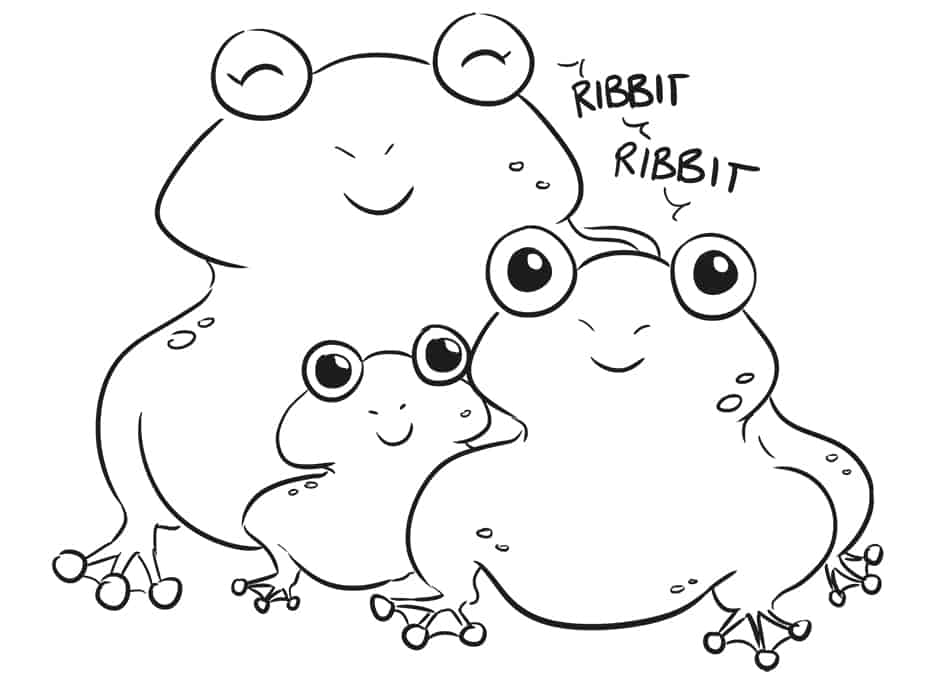Sexual dimorphism, which is most obvious when it comes to colourful male birds and their bland-coloured female mates, may be a matter of life and death for the many species of frogs and other amphibians currently under threat of extinction.
Research from the lab of Dr. Locke Rowe from the Ecology and Evolutionary Biology (EEB) Department at U of T suggests that in amphibian species, the larger the female is compared to the male, the less likely that species is to be endangered.
Sexual dimorphism refers to the physical differences between males and females within a species, and can include differences in body size, morphology, and behaviour. Some of its most extreme manifestations are found in birds with long colourful feathers, such as the peacock, but it can also take the form of differences in body size between males and females.
The patterns of sexual size dimorphism seen in amphibians are not as well understood as they are in reptiles, mammals, and birds, yet they may have important consequences.
“Most of the past studies that have looked at diversification and dimorphism have looked at it just in terms of sexual selection,” says PhD candidate Stephen De Lisle, lead author of the study.
Sexual selection acts on an organism’s ability to obtain mates. However, factors that directly affect survival can also lead to sexual dimorphism. In the case of amphibian species, a third of which are under threat of extinction due to stressors such as habitat destruction, pollution, and disease. Studying factors such as these are key to conservation efforts.
De Lisle had collected his data set on amphibian size for another purpose, but decided to test whether it correlated with extinction rates. He found that for species in which the female was larger than the male, differences in body size correlated both, with greater species diversification, and lower risk of extinction. Diversification is important in allowing animals to adapt to new and changing environments.
His findings, published in February in Proceedings of the Royal Society B, address a major debate in his field. On the one hand, sexually dimorphic species are thought to use more resources in their environments, which in turn limits the creation of new species and diversification. On the other hand, the process of sexual selection has been thought to result in specializations that drive the creation of distinct species.
“The classical ecological explanation assumes that adaptation is the same for the sexes… but we kind of know that’s not the case,” says De Lisle. He instead proposes a model in which males and females independently evolve different traits suited for their particular needs, thereby promoting diversification.
It is too soon to say whether sexual size dimorphism will be taken into account to assess whether a species is under risk of extinction. “There’s more work to be done…but I think that it’s a pretty surprising result,” says De Lisle, pointing out that dimorphism seems to be as important as latitude for predicting extinction. “We have a general explanation for that, but I think that getting more of the underpinnings would be an interesting next step.”


